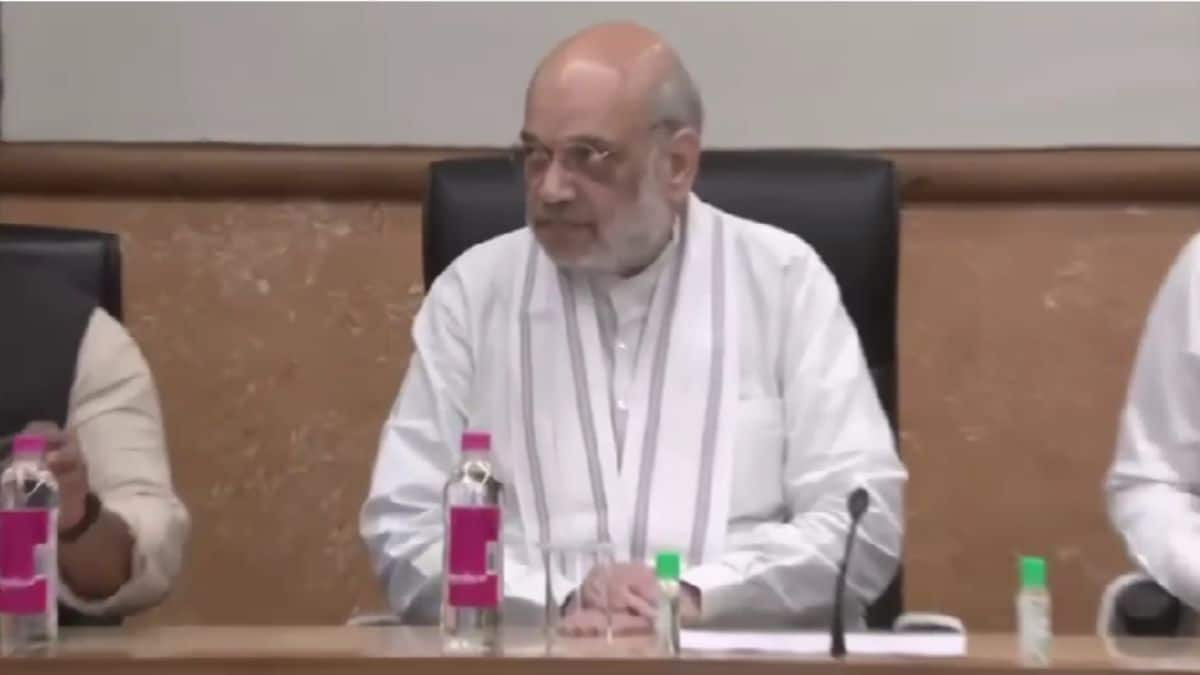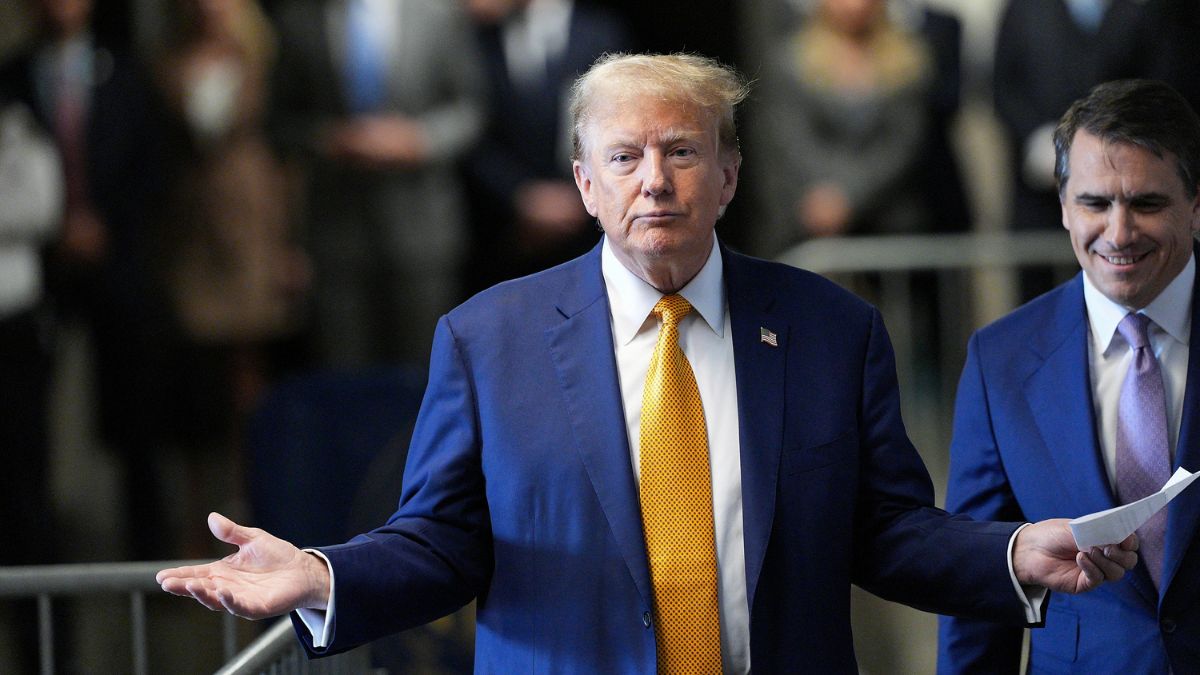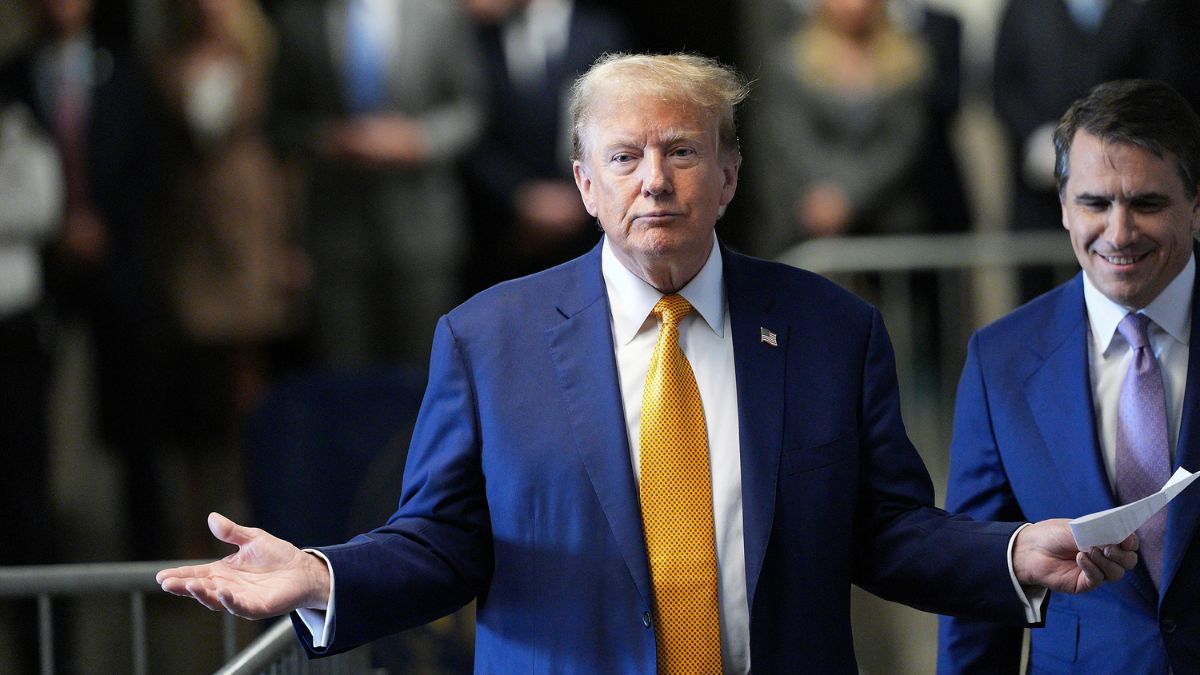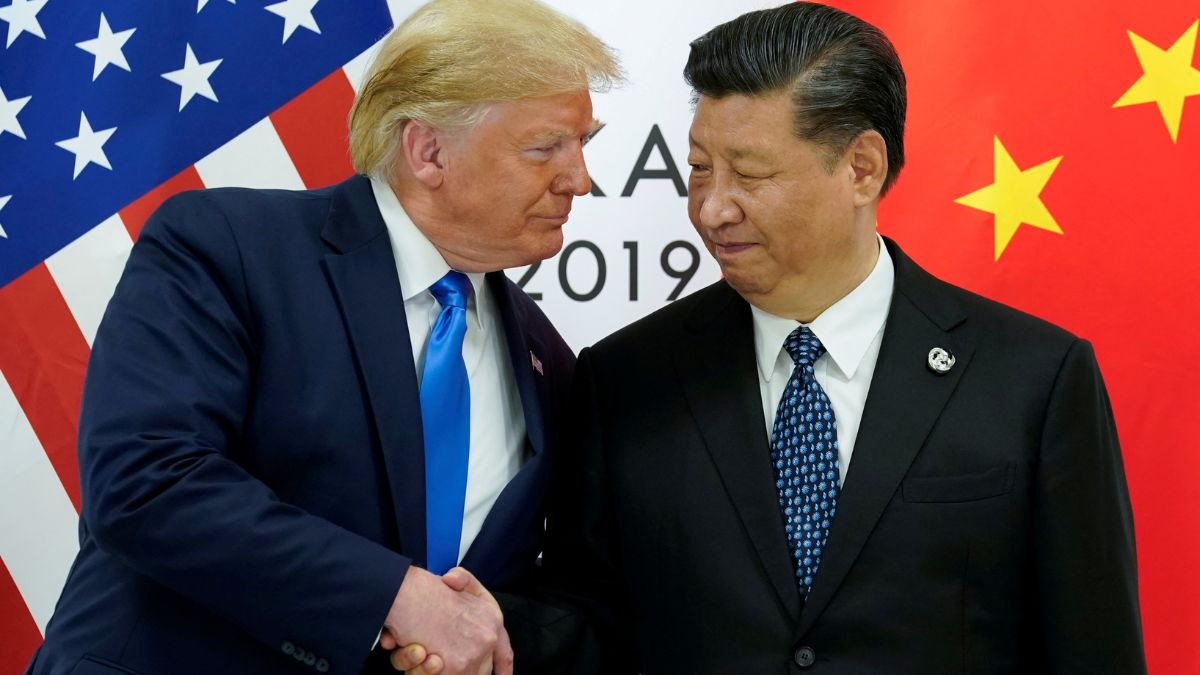In a new book — coinciding with the eighth anniversary of the announcement by Pranab Mukherjee that led to the creation of Aadhaar — senior journalist Shankkar Aiyar comprehensively traces the history of the unique identification system
Editor’s note: In a new book, released on 6 July 2017 — timed to coincide with the eighth anniversary of the announcement by then Finance Minister Pranab Mukherjee that led to the creation of ‘Aadhaar’ — senior journalist Shankkar Aiyar comprehensively traces the history of the unique identification system. An excerpt from ‘Aadhaar: A Biometric History of India’s 12-Digit Revolution’ has been reproduced here with permission from Westland Books, the publisher. *** Finance Minister Pranab Mukherjee, chief evangelist of the idea ‘close to his heart’, ensured that he not only mentioned it in every budget speech but wherever he spoke about effective governance, whether within the party, at conferences of chief ministers, cabinet meetings or in Parliament. Making a suo motu statement on inflation in November 2011, he presented Aadhaar as an instrument to protect the poor from the vagaries of market forces. He said, ‘Government is working to improve delivery of benefits including subsidies to the vulnerable sections of the population using the UIDAI platform’. Meanwhile, Nilekani and his core team were readying a library of solutions — internally referred to as sleeper cells — for as and when, and if, a problem arose. Governments live with problems like they are fixtures, only taking note when it morphs into a full-fledged crisis. When this happens, government looks for documentation of the problem and solutions. This is because no problem is really new or has not been discussed in the system. And documentation creates an opening, like in a chess game, for the next move. Team UIDAI had played their own devil’s advocate, anticipated and forecast some issues, and brainstormed the solutions — all of this even before the first code for software for the enrollment process had been written. They had also chronicled what more they could do, and how they would do it. The first Strategy Overview, for instance, discusses the use of Aadhaar for opening accounts, for doorstep banking via micro-ATMs. It said, ‘Linking the UID number to a universal, accessible, and affordable micropayments model can transform the access the poor have to banking services.’
![Print]()
The way forward was to map the landscape of services that needed proof of identity and proof of address and embed Aadhaar as the solution. This leverage was embedded in its 28 January 2009 notification which specifically enabled UIDAI to ‘define usage and applicability of UID for delivery of various services’. It also said that UIDAI should ‘define mechanisms and processes for interlinking UID with partner databases on a continuous basis’. To catalyse this process, team UIDAI created a bank of Aadhaar-enabled solutions and put it out in the public domain. This included ‘Envisioning a Role for Aadhaar in the Public Distribution System’, ‘Discussion Paper on Aadhaar-based Financial Inclusion’, ‘UID and Education’, ‘UID and NREGA’, ‘UID and Public Health’ and ‘Leveraging Aadhaar in the Telecom Sector’. Flanking, or building around the central idea of identification with reports, was aimed at promoting early adoption, expansion and immortality. The first stop of this strategy was banking. Throughout UPA I and II, the Manmohan Singh government was very keen on improving financial inclusion. Nearly two-thirds of Indians did not have bank accounts, or as the government and bankers say, were ‘unbanked’. The problem had two facets: access to banking and access to banks. Access to banking was haunted by poor processes — a primary cause being lack of documents for identification. Access to banks was essentially hampered by the fact there were not enough bank branches. India had a total of 83,997 branches. Rural India with over 600,000 villages was served by just 32,289 branches. Also read on Firstpost — 'Was determined to make Aadhaar scheme happen': Pranab Mukherjee says in Shankkar Aiyar's book Team UIDAI’s approach was two-pronged. First, get Aadhaar approved as a valid KYC document by banks, so those who had access to banks could open accounts. Second, present hand-held micro ATMs and other Aadhaar-enabled processes as solutions that would enable the creation of an ecosystem for banking to be possible. Towards this, UIDAI continuously looked at opportunities to be part of any problem-solving platforms or committees and embedded itself in government committees on financial inclusion. On 11 December 2009, the Reserve Bank of India held a meeting with the Indian Banks Association, the Institute for Development and Research on Banking Technology, India Post, NABARD and a number of banks on Aadhaar-based financial inclusion. Two working groups were formed to address technology and connectivity issues. UIDAI mobilised opinion for the adoption of Aadhaar as KYC with the banks. There was initial resistance from RBI. The Ministry of Finance pushed for acceptance, and by December 2010, a few weeks after the Tembhali launch, Aadhaar was cleared as valid KYC for opening bank accounts. There was an element of serendipity too — a series of events coalesced to deliver the perfect conditions for quantum change. The need for modernising payment systems in banks was first highlighted in a 2001 Vision Document of RBI. In 2005, the RBI revisited the idea and put out Vision Document II after studying payment systems in the US, UK, Europe, Japan, Singapore and China.10 Its stated mission was ‘the establishment of safe, secure, sound and efficient payment and settlement systems for the country’. In 2008, post legislation and guidelines,11 an entity to do this was finally cleared. In December that year, the government created the National Payments Corporation of India (NPCI), with ten big banks as promoters, to integrate retail payment systems and create the infrastructure for an affordable payment mechanism. The UIDAI team seized the opportunity and began discussions with RBI, NPCI and the banks. NPCI was the perfect platform to set up applications for expanding inclusion through electronic transfer of funds, scholarships, subsidies, micro ATMs and so on. The second serendipitous event was the massive expansion of mobile phone subscription across India. In 2010, India’s population was 1,210 million. Of these, less than a fourth had a bank account. Although the official score was over 600 million accounts, unique individual bank accounts were estimated to be around 250 million. On 31 July 2010, fifteen years after the first cellular mobile phone call was made by Telecom Minister Sukh Ram in Delhi to West Bengal Chief Minister Jyoti Basu, India had 635.5 million mobile phone subscribers. The scale of mobile telephony penetration provided a huge opportunity for NPCI to create payment systems and for UIDAI to plan applications. Technology and innovative policies could combine to give Indians the options to bank whenever, wherever, however with the help of devices and applications. In November 2009, the government set up an Inter-Ministerial Group on Provision of Basic Financial Services through Mobile Phones with a subgroup of NPCI, UIDAI and the Department of Technology. In April 2010, the government approved a framework for providing financial services through mobile phones — through a mobile-based PIN system using ‘Mobile Banking POS’ and through a fingerprint-based system using Aadhaar numbers. Migration from problem to solution is rarely a linear path, in the government and even in the private sector. It calls for orchestration of thoughts and organisation of action. In an early interaction over a Chinese lunch, Mukherjee and Nilekani had a long conversation about inducting technology for governance. In the Budget of 2010–11, Mukherjee created the high-level Technology Advisory Group for Unique Projects (TAGUP) with Nilekani as its chairman. TAGUP was mandated to advise the government on developing systems ‘for an effective tax administration and financial governance system through creation of IT projects which are reliable, secure and efficient’. The projects included the Tax Information Network, the New Pension Scheme, the New Treasury Management Agency, the Expenditure Information Network and the Goods and Services Tax. TAGUP recommended the creation of National Information Utilities in a unique private–public partnership where companies would be private so as to be able to attract talent and for speed but with the government retaining strategic control. Mukherjee and Manmohan Singh also drafted Nilekani into many committees, including the Committee on Electronic Toll Collection, the National Advisory Group on e-Governance, the Expert Committee on HR Policy for e-Governance, the Review Committee on JNNURM, the Reserve Bank of India Advisory Group on Corporate Governance, the IT Task Force for Power Sector and the National Council on Skill Development. At one point, activists from civil society groups, members of the NAC and others raised the issue that Nilekani was a member of committees that deeply influenced the penetration of Aadhaar.
- Home
- India
- Read an excerpt from Aadhaar: A Biometric History of India’s 12-Digit Revolution


)

)
)
)
)
)
)
)
)



